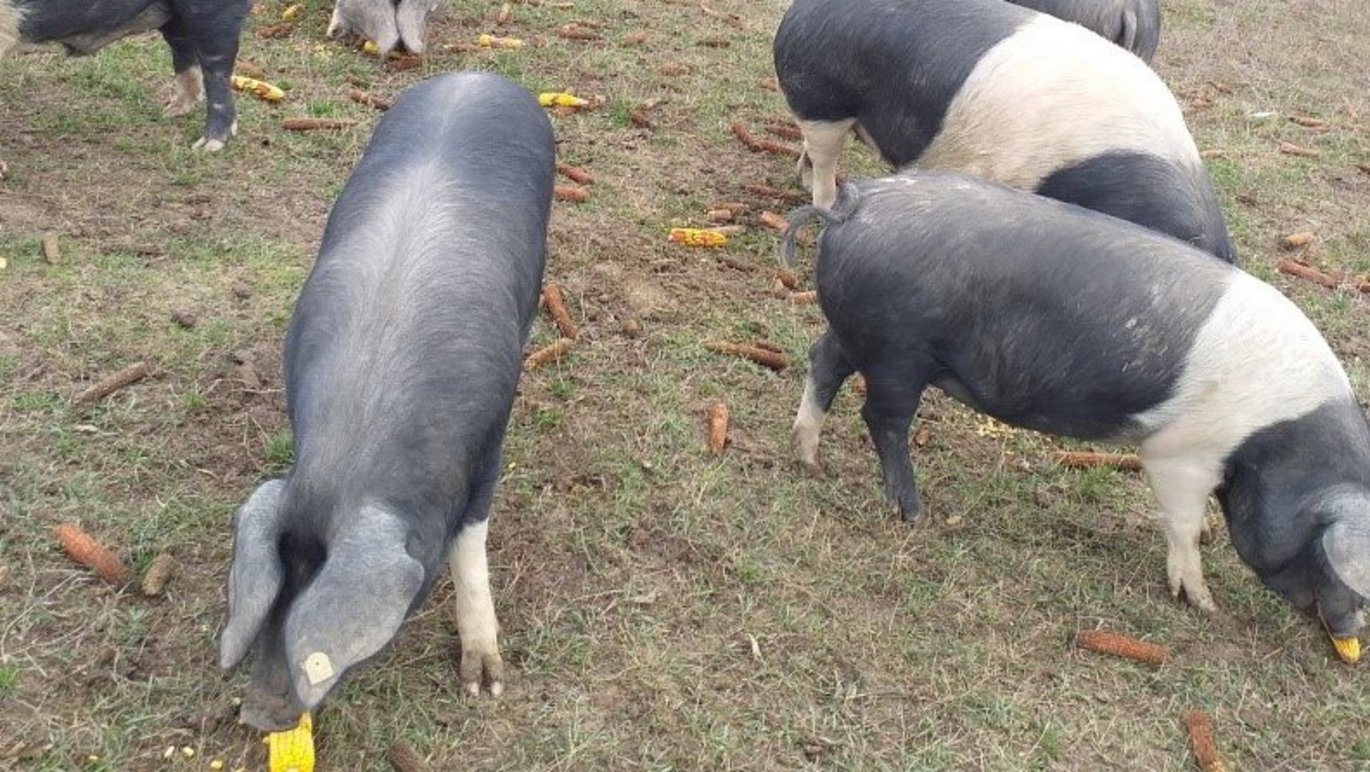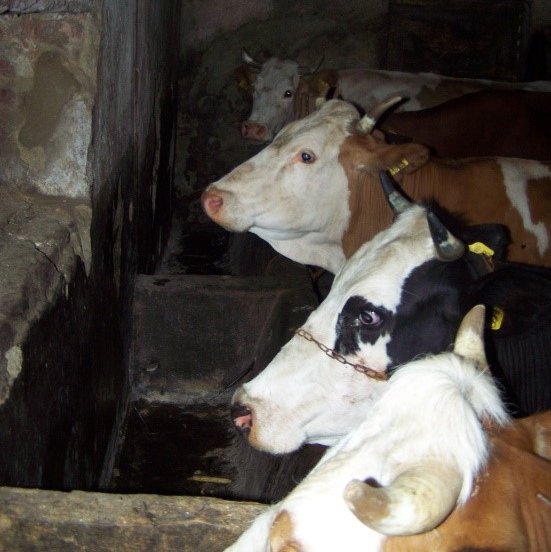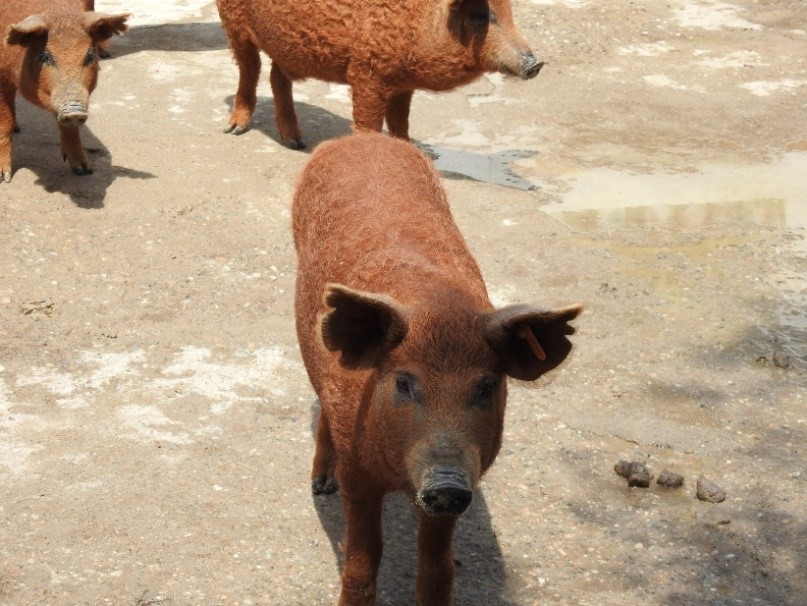Antimicrobial resistance in free-range pigs: the Slovenian-Romanian experience
Antimicrobial resistance of bacteria represents lately a matter of concern in all farming technologies and it is the consumers’ interest to know how this affects pigs and sheep, and their products in free-range systems, while supporting farm self-supply of feed and biodiversity.



In the ROAM-Free project, two mixed free range raising systems were compared to monitor the ported bacteriome and its antimicrobial resistance, within the frame of defining the potential bacterial threats due to transfer to contacts and to consumers.
Animals and raising technologies
In Slovenia, the pigs were raised together with sheep on a closed pasture, grazing the available vegetation and supplemented with certified organic feed. In Romania, the pigs were kept in mixed small-scale farming systems, sharing the barn with cows and sheep. They had access to pasture along with the other species, were supplemented with green fodder and grains obtained on the owner’s land (not certified organic). None of these animals were treated with antibiotics.
Investigations
The animals were sampled by oral swabs and the samples were then subjected to laboratory investigations by applying classical bacteriological methods (cultivation on broth and agar). Further, isolated colonies were identified based on their biochemical properties as bacteria species and ranked based on their zoonotic potential. The radial diffusion test with antibiotic discs was used to evaluate the sensitivity/resistance to antimicrobial compounds of the identified bacteria, since the resistance towards multiple antibiotics (MAR=multiple antibiotic resistance) poses a threat to the contact worker categories as well as consumers of animal origin products. Six classes of antibiotics, namely: penicillins, cephalosporins, phenicols, tetraciclins, fluorochinolones and Macrolides were used. The results were interpreted as R-resistant, I-intermediate resistant and S-sensitive bacteria, after Clinical and Laboratory Standards Institute guidelines. The overall antimicrobial resistance was calculated as the MAR index: the ratio between the number of antibiotics that a bacterial strain is resistant (R) to and the total number of antibiotics used. A MAR index greater than 0.2 indicated a high-risk source.
Obtained results
Slovenia: Zoonotic strains such as E. coli, streptococci, staphylococci, Vibrio fluvialis and V. parahaemolyticus, Pasteurella pneumotropica (MAR index of 0.66) were identified in pigs and E.coli, strepto- and staphylococci in sheep. The results indicated a lesser bacteriome in the sheep than in pigs, in spite of cohabitation. The antimicrobial resistance was lesser in sheep (7 out of a total of 48 antibiotics used, 16.55 percent for all strains) while in pigs, resistance was recorded to 87 of 372 discs used (23.39 percent).
Romania: Some potentially pathogenic bacteria were identified in pigs such as Proteus vulgaris group, P. fluorescens/P. putida and Seratia marcescens, while in cows Pasteurella pneumotropica, Aeromonas hydrophilla and Enterobacter cloacae and sheep (Pseudomonas spp.- fluorescens, putida and aeruginosa dominated. The overall MAR index was the highest in sheep (0.37, 85.71 percent R), followed by bovine (0.288, 80 percent of the strains R) and pigs (0.059, none of them R), in spite of shared bacteria species.
Conclusion
In spite of being clinically healthy, the animals in the investigated free-range systems shared, although in low diversity, potentially pathogenic, antibiotic resistant bacterial strains, thus urging for monitoring the source for such a status.
Relevant link: https://cercetare.usamvcluj.ro/ISV/unitati-de-cercetare/
Authors info
Prof. Dr. Marina Spinu, University of Agricultural Sciences and Veterinary Medicine, Cluj-Napoca, Romania, e-mail: marina.spinu@usamvcluj.ro
Website: https://www.usamvcluj.ro/
Editor: Karin Ullven, EPOK / Design: Christine Dilling, ICROFS
